PIWI’s Big Wine Adventure

Trink Magazine | Are PIWIs or grape hybrids our viticultural future as the climate crisis makes winegrowing more, not less, challenging? By Christoph Raffelt

Trink Magazine | Are PIWIs or grape hybrids our viticultural future as the climate crisis makes winegrowing more, not less, challenging? By Christoph Raffelt
Christoph Raffelt is one of an exciting new vanguard of voices when it comes to German wine. And voices is not a euphemism here, as it is indeed his voice together with his stellar cast of winemakers and guests that come together on his monthly podcast Originalverkorkt.de; while his words appear in his online magazine of the same name. He's been on the road since 2016 with Büro für Wein & Kommunikation as a freelance journalist, copywriter and all-round wordsmith. His work has appeared in such esteemed publications as Meiningers, Weinwirtschaft, Weinwelt, Sommelier, Champagne-Magazin and Schluck.
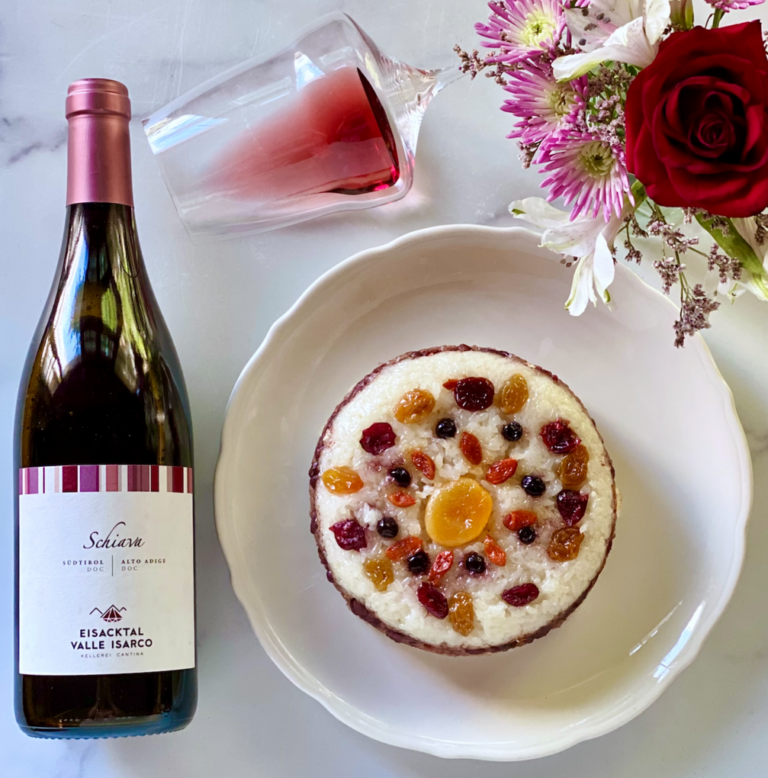
Lunar New Year (aka Spring Festival, or Guo Nian in Mandarin) is arguably the most important holiday for people of Chinese heritage — especially in Taiwan, where I grew up. It’s been my favorite since I was a kid. Now, living in Brooklyn, I recall that a few days before the New Year every household starts to “sweep the dust” to banish bad luck, erase unhelpful habits, and create positive new ones. On the day before New Year’s Eve (a holiday we call Little New Year’s Eve), we will take down the old Spring Festival couplets and replace them with fresh verses. On New…...

“Free your mind and the rest will follow.” Coming from one of the co-owners of Germany’s oldest wine trading houses, one might suspect a quote from Goethe, Schiller, or Nietzsche. It’s actually the American R&B/pop group, En Vogue. And that makes for a jarring, if fitting, introduction to my conversation with these stewards of tradition in German wine that look back to 1786 in Worms as easily as they look ahead to 2019 Organic Madonna. P.J. Valckenberg has the history and the pedigree, no question. Its customers have included the Swedish royal family and Charles Dickens. In addition to a truly impressive portfolio…...
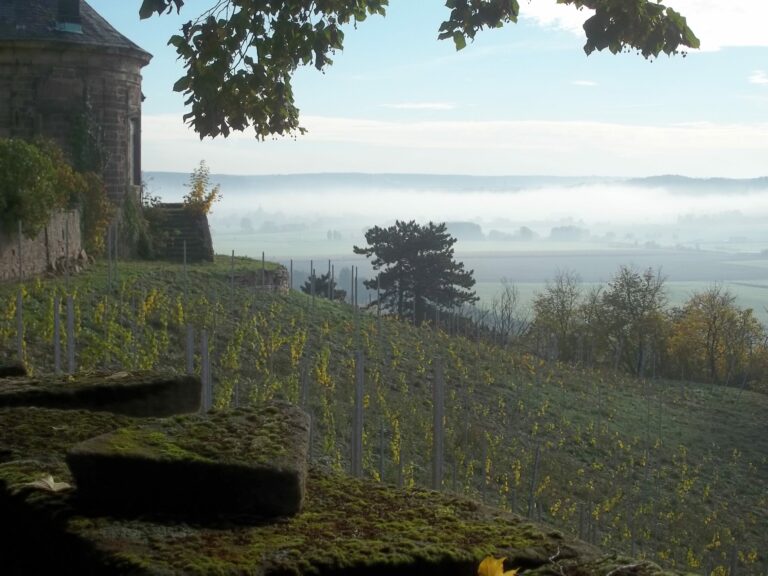
Trink Magazine | That viticulture is still possible in Germany's Saale-Unstrut in an age of climate crisis is due to the microclimate of the valleys and the perseverance of its growers.
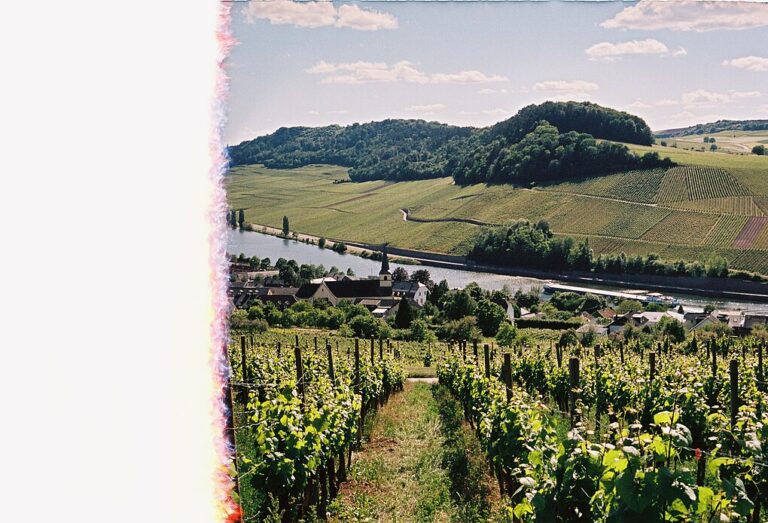
Jonas Dostert is relaxing in the inner courtyard of his family’s Southern Mosel estate in Nittel. The sun is shining, the grapes were harvested in late October. Dostert is one of the growers of note at the southern end of the Mosel, a stretch long known as Obermosel. It’s a name many young growers in particular have rejected, as part of an effort to separate themselves from the region’s poor image in the past. “Obermosel” conjures images of accommodating, appeasing wines, the very definition of compromise. Dostert has quite a different understanding of winegrowing: “What I do is different from what’s…...
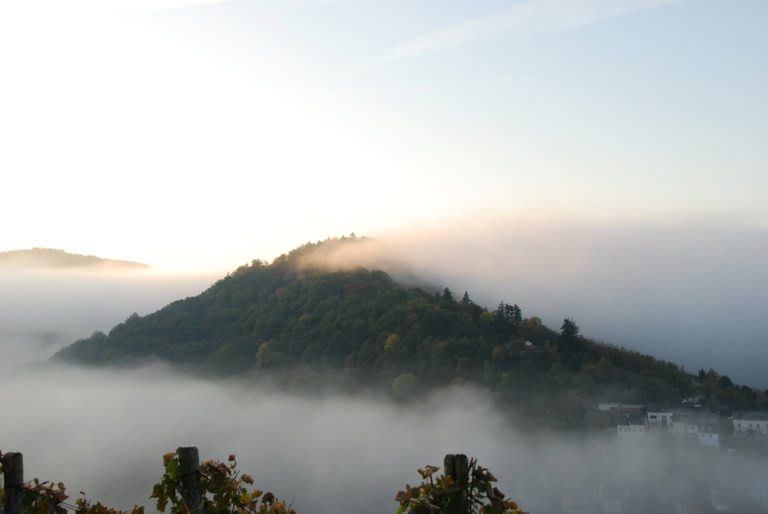
Winemakers in the Mosel are tending an old tradition that is budding anew. These modern Pinots reach for elegance and complexity, edginess and vitality. and the world is finally taking notice.
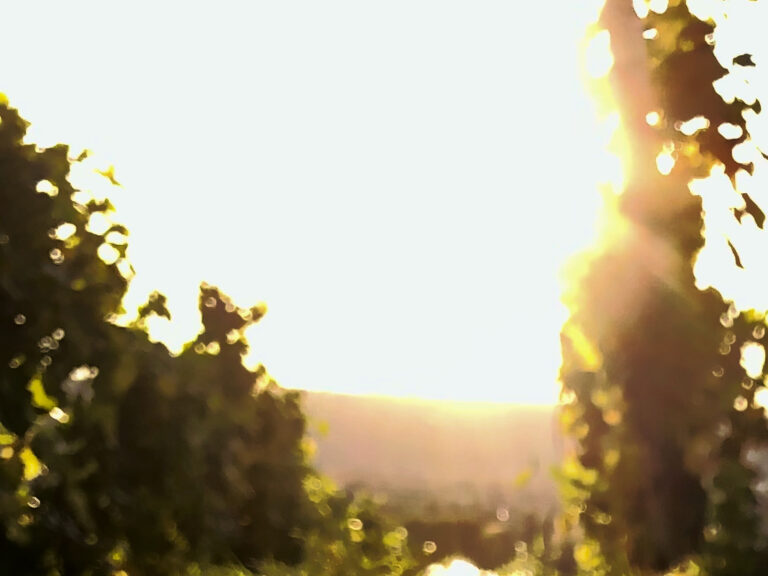
for S.B. with love Die Rebe ist ein Sonnenkind. Sie liebt den Berg und haβt den Wind.So open your door already—for god’s sake, just let me in! Nothing to fear from wild slopes—a matter of terraces and grading.Sankt Aldegund, your roses—they labor on unforgiving slate. Vigor derives from parameters. The desert ends with water.Ritual is an amphora: it gives life room to breathe. The hag at the door is never a hag—she’s always a secret queen. Don’t you fear that ugly mug comes bringing revelation. The special red plum from the Mosel is imbued with healing power.If you go to the…...
Enjoy unlimited access to TRINK! | Subscribe Today